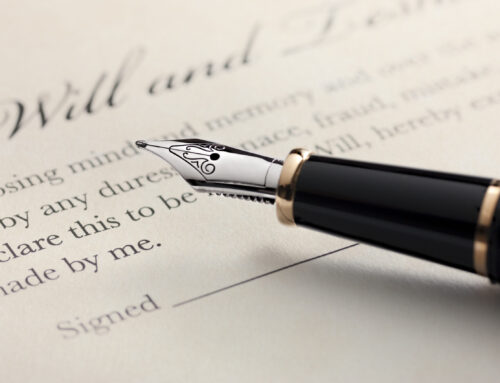Accessing a person’s digital belongings after death can be a complex process, logistically and from a legal point of view. Especially if you’re unsure of where to begin. In some cases accessing devices may be crucial for administering the deceased person’s estate, or even paying debts.
Beeston Shenton’s experienced Wills & Probate legal team can provide advice and support on how to best deal with a situation like this.
Why accessing digital belongings is important
Many people may have a considerable amount of valuable information stored on their devices. This can include photos, financial records, personal information, and messages. Not only may the important information stored on a device provide answers to questions, but they also may be of sentimental value to loved ones.
Identifying online accounts
The first step in accessing a person’s digital belongings is to determine whether the deceased had any online accounts. For most people, these accounts will be known, for example, social media accounts. However, they may also include personal email accounts, iCloud storage, and even online subscriptions.
Accessing online accounts
If the deceased left instructions on how to access these accounts, this information should be followed. To access a person’s digital belongings legally, you will need to have the authority to act on behalf of the deceased. This can be obtained through a grant of probate or letters of administration. These legal documents provide the authority to act as the executor or administrator of the estate, giving you the right to access the deceased’s online accounts.
Closing online accounts
Once you have legal authority, the next step is to contact the relevant online service providers. Many companies have specific policies in place regarding access to the accounts of deceased users. You will need to provide proof of death, such as a death certificate, as well as proof of your legal authority to access the account.
Procedures already in place
Some service providers do have specific procedures in place for accessing a deceased user’s account. For example, Facebook allows its users to choose a legal contact. This person is then able to manage their account in the event of their death.
Whereas Instagram provides two options, memorialising the account or removing the account. For both options proof of death will be required, whether this is a link to an obituary or a copy of the death certificate.
A difficult process
It is worth noting that accessing a person’s digital belongings can be a time-consuming and complicated process. Particularly if the deceased had multiple online accounts, subscriptions, and profiles. Especially when passwords are unknown, and 2-factor authentication is now very commonplace. Plus, the strict policies that have been put in place by service providers. For this reason, it is often helpful to seek legal advice from a solicitor with experience in this area.
Ensuring you have the necessary authority to access the deceased’s online accounts legally is the first step. This will allow you to locate and access any information or assets which can be essential to dealing with the administration of the estate. As well as accessing sentimental assets like photos and messages.
Contact Us
For more information on accessing a deceased’s person’s digital devices legally, and how to navigate this process, please get in touch with our team of experts. Call us at 01782 662424 or email us at info@beestonshenton.co.uk




